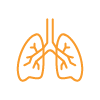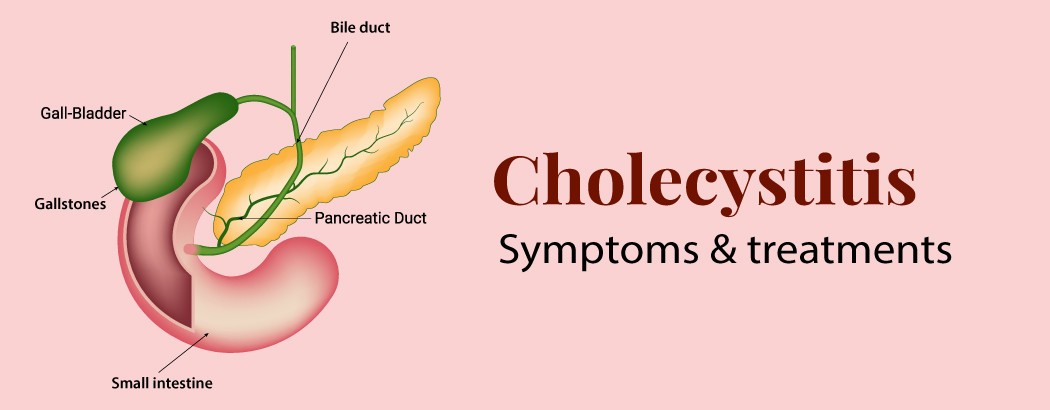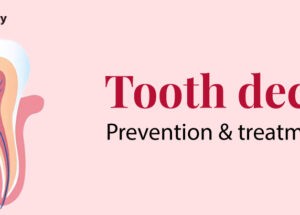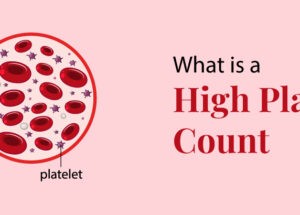All about Lungs Function
June 20, 2022

Overview:
The lungs are the primary organ responsible for breathing. Every cell in the body needs oxygen to stay alive and be healthy. Your body needs to eliminate carbon dioxide. This gas is a by-product of the cells’ normal functions. Your lungs are designed to exchange air in and out every time you breathe. The primary function of the lungs is to help oxygen from the air we breathe enter the red cells in our blood.
Contents
Structure of Lungs
The lungs are located behind the rib cage on either side of the heart. They are conical in shape, with a rounded point at their apex and a flatter base where they meet the diaphragm.
Although they are paired, the lungs are not uniform in size and shape. The left lung has an indentation on the side near the heart, called the cardiac notch. The right lung is shorter to allow space for the liver below. The left lung generally has less weight and capacity than the right.
The lungs are surrounded by two membranes called the pulmonary pleura. The inner layer lines the outer surface of the lungs, and the outer layer attaches to the inner wall of the rib cage. The space between the two membranes contains pleural fluid, which helps the pleura stay moist and reduces friction between the membranes when breathing.
Also Read: Armed and Ready for Respiratory Emergencies During the Corona Pandemic
Respiratory system:
The respiratory system is the network of organs and tissues that help you breathe. The airways, lungs, and blood vessels are part of the respiratory system. Your muscles are also part of the body’s respiratory system.
The respiratory system and its functions
Besides helping us breathe in and out, it has many other functions.
- It allows you to speak and smell.
- Heats the air to match your body temperature and moisturizes it to the level of humidity that your body needs.
- It supplies oxygen to the cells of your body.
- It removes gas waste, including carbon dioxide, from the body when you dry out.
- It shields the airways from irritants and hazardous substances.
Anatomy: Parts of the respiratory system
The respiratory system has many different parts that help you breathe. Your airways allow air to enter your lungs, and it is a complicated system that includes
- The mouth and nose are openings on your body that let air from the outside world into your respiratory system.
- Sinuses are hollow areas between the bones in your head that help keep the oxygen you breathe warm and humid.
- The pharynx is the tube that delivers air from your mouth and nose to the trachea.
- The trachea is a tube that connects your throat and lungs.
- The bronchial tubes connect your windpipe to each of your lungs.
- Lungs are two organs that extract oxygen from the air and pass it into your blood.
Your lungs are responsible for delivering oxygen to your organs and other tissues. Muscles and bones help move air into and out of your lungs. The respiratory system’s muscles and bones comprise the following:
- Diaphragm: The muscle that allows the lungs to draw air in and out.
- Ribs are bones that surround and protect your lungs and heart.
When you breathe, your blood carries carbon dioxide and other waste out of the body. Other components that work in the lungs and blood vessels are:
- Alveoli are tiny air sacs in the lungs where the exchange of oxygen and carbon dioxide takes place.
- Bronchioles are small branches of the bronchi that lead to the alveoli.
- Alveoli walls contain blood vessels called capillaries that transport carbon dioxide and oxygen.
- Lung lobes: Sections of the lungs are three lobes in the right lung and two in the left lung.
- Pleura: Thin sacs surrounding each lung lobe and separating your lungs from the chest wall.
The other parts of your respiratory system include
- Cilia moves in a wave-like motion to filter out dust and other irritants from your airways.
- The epiglottis is a flap of tissue at the entrance to the trachea that closes when you swallow to keep food and liquids from entering your airway.
- The larynx is an organ in the neck that allows you to speak and make sounds when air moves in and out.
Also Read: Basic Exercises To Strengthen Your Lungs
Conditions that affect the respiratory system
Many things can affect the organs and tissues that comprise the respiratory system. For example, some diseases develop because you breathe in irritants such as viruses or bacteria that can cause infection. Others can occur as a result of illness or getting older.
- Allergies: Inhaling proteins, such as dust, mould, and pollen, can cause respiratory allergies in some people. These proteins can cause inflammation in the airways.
- For example, asthma is a long-term condition that causes inflammation in the airways, which can make breathing difficult.
- Respiratory infections can cause pneumonia (an inflammation of the lungs) or bronchitis (an inflammation of the bronchial tubes). It includes the flu (influenza) or a cold.
- Lung cancer and chronic obstructive pulmonary disease are respiratory illnesses (COPD). These diseases can harm the body’s ability to deliver oxygen throughout the body and filter out waste gases.
- Aging: As we age, the lung capacity decreases.
- Damage: Respiratory system damage can cause breathing problems.
Lung Function Test
Several tests determine how well the lungs function, including lung function tests (also known as pulmonary function tests). Spirometry is the most basic test. This test determines the amount of air the lungs can hold. The test also measures the ability to expel air from the lungs forcefully.
Spirometry is used to check for lung volume-affecting disorders. Additionally, it’s used to check for conditions like COPD or asthma that affect the airways.
Another typical lung function test is lung volume testing. It measures the amount of air in the lungs, including the air still in the lungs after a typical breath, and is more accurate than spirometry.
Five ways to keep your lungs healthy
- Avoid pollutants that harm your airways, including secondhand smoke, chemicals, and radon. Wear a mask if you are exposed to fumes, dust, or other contaminants for any reason.
- Don’t smoke cigarettes.
- Eat a balanced diet with plenty of fruits and vegetables, and drink plenty of water to stay hydrated.
- Exercise regularly to keep your lungs healthy.
- Prevent infections by washing your hands and getting a flu vaccine every year.
People also ask
1. What are the four main functions of the lungs?
- It enables you to adjust the temperature of the air to that of your body and the appropriate humidity level.
- Provides your body’s cells with oxygen.
- When you exhale, waste gases from your body, including carbon dioxide, are removed.
- Protects your airways from harmful substances and irritants.
2. What are the seven functions of the respiratory system?
The functions of the respiratory system include gas exchange, acid-base balance, phonation, pulmonary defense and metabolism, and the handling of bioactive materials.
3. Can you live with one lung?
Most people can do well with one lung instead of two if needed. Usually, one lung can provide enough oxygen and remove enough carbon dioxide on its own unless the other lung is damaged.












